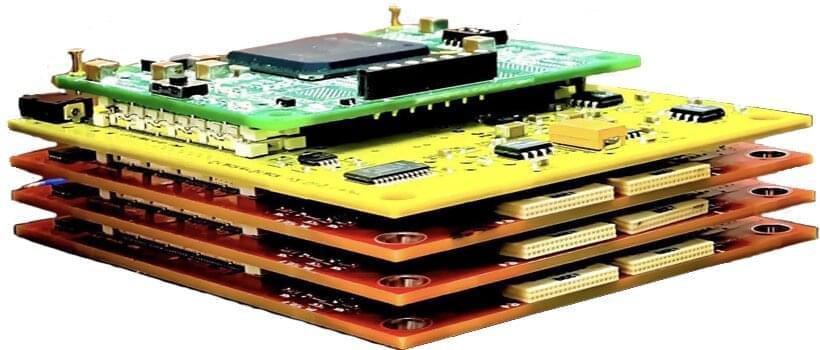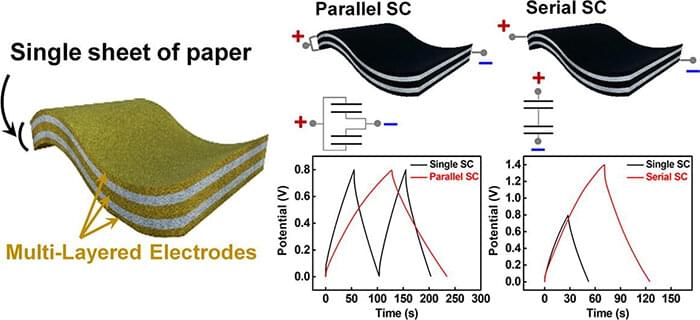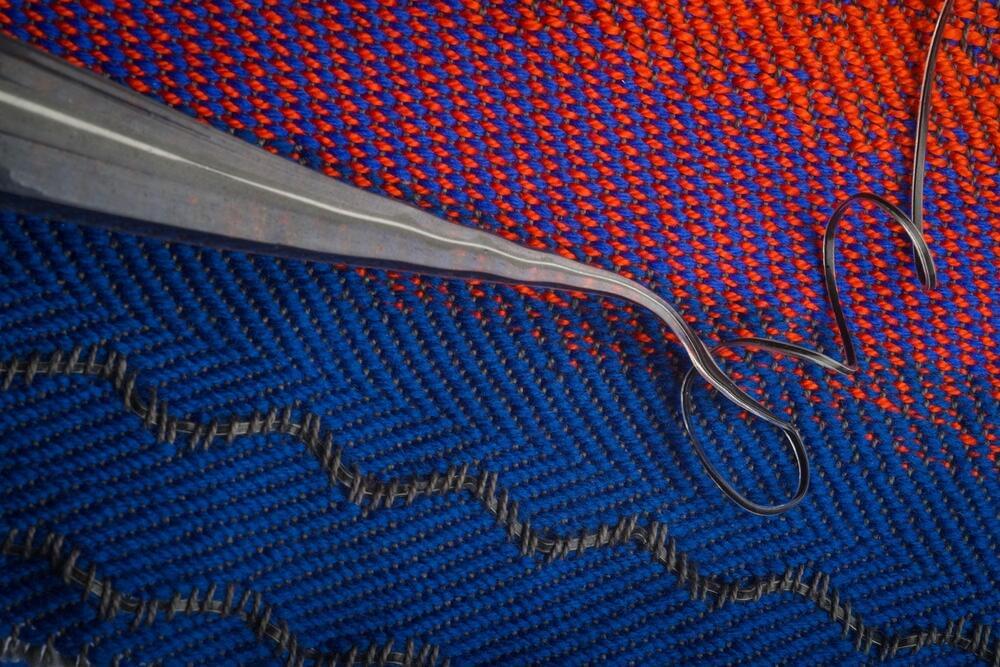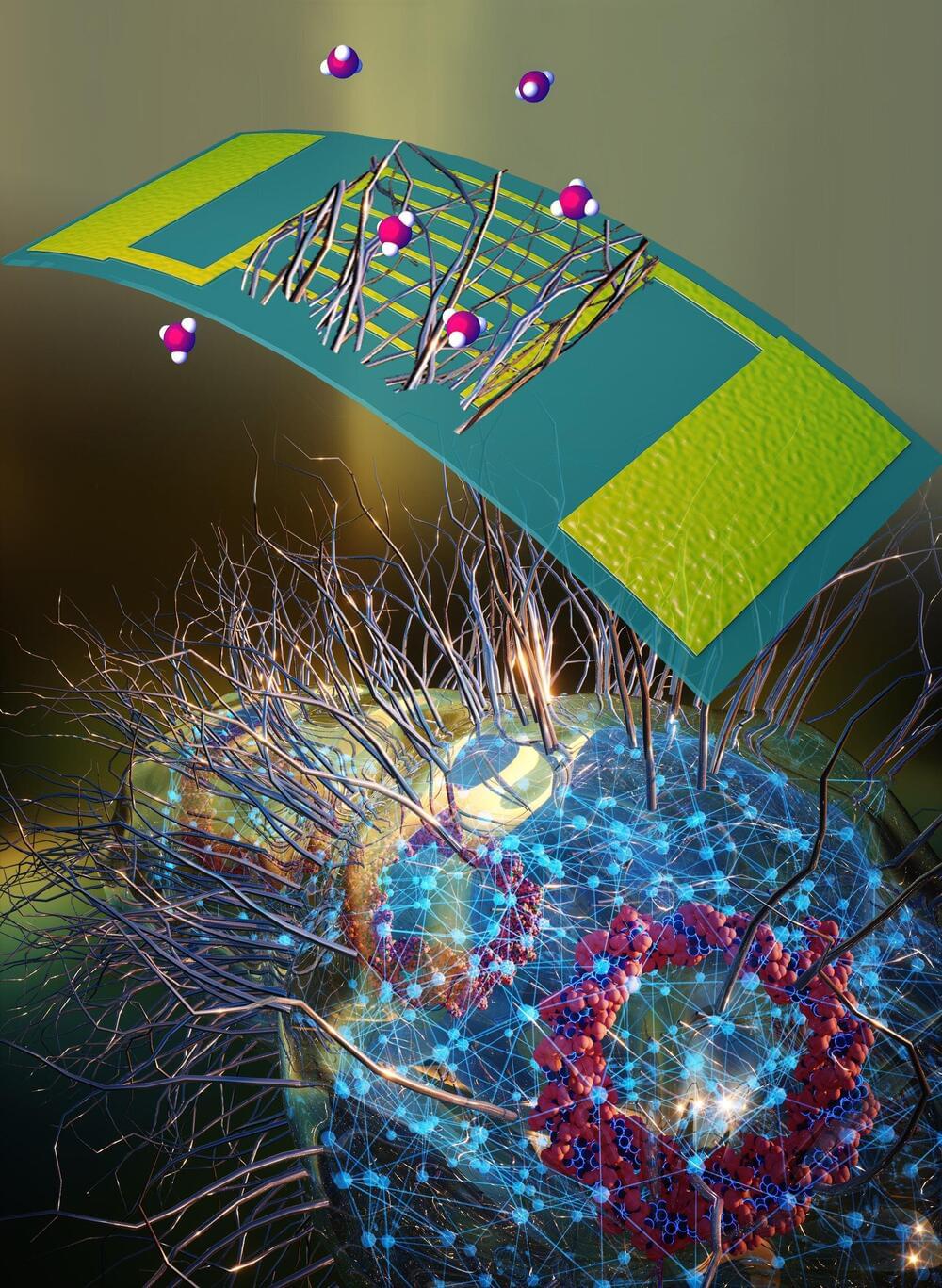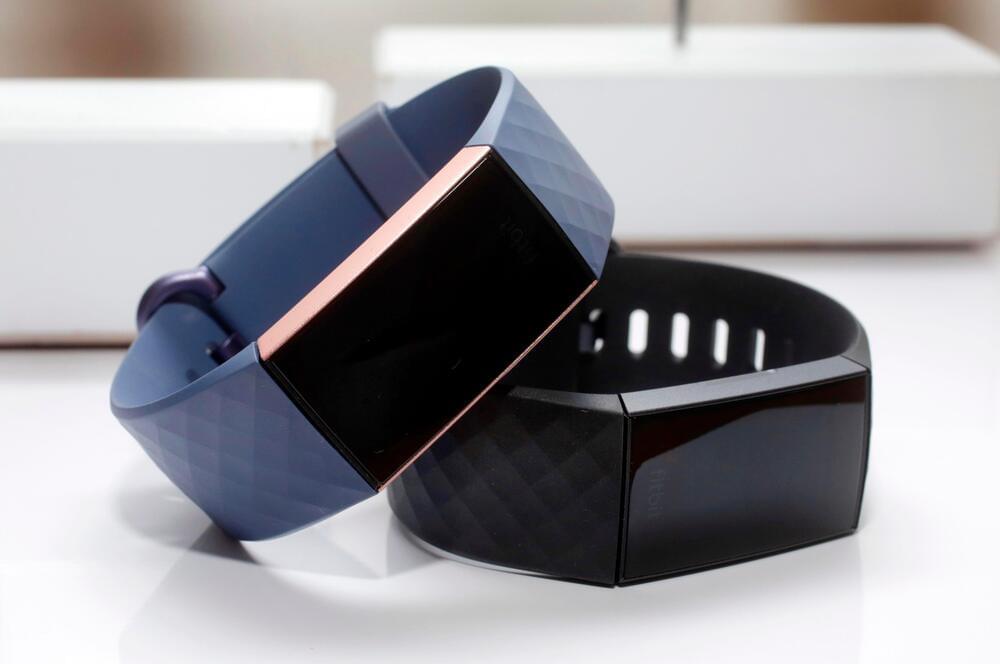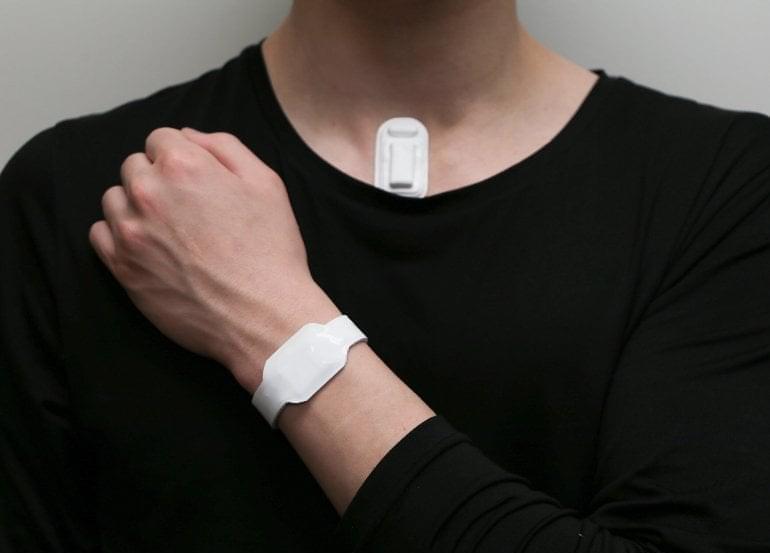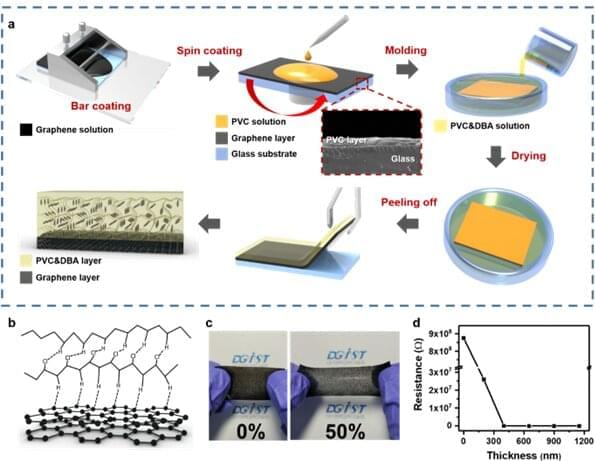Mar 21, 2023
Wearable microscopes show HD images of pain processed
Posted by Gemechu Taye in categories: neuroscience, wearables
The study authors claim their microscope can provide colored real-time images of hard-to-reach parts of the spinal cord that couldn’t be accessed previously.
Pain is a powerful feeling but have you ever wondered how pain works on a cellular level? Well, a team of scientists at the San Diego-based Salk Insitute has actually figured out a way to see the internal neural mechanism associated with pain.
In their recently published study, they propose wearable microscopes using which they were able to check how nerve cells in the spinal cord of mice process pain signals.
Continue reading “Wearable microscopes show HD images of pain processed” »

